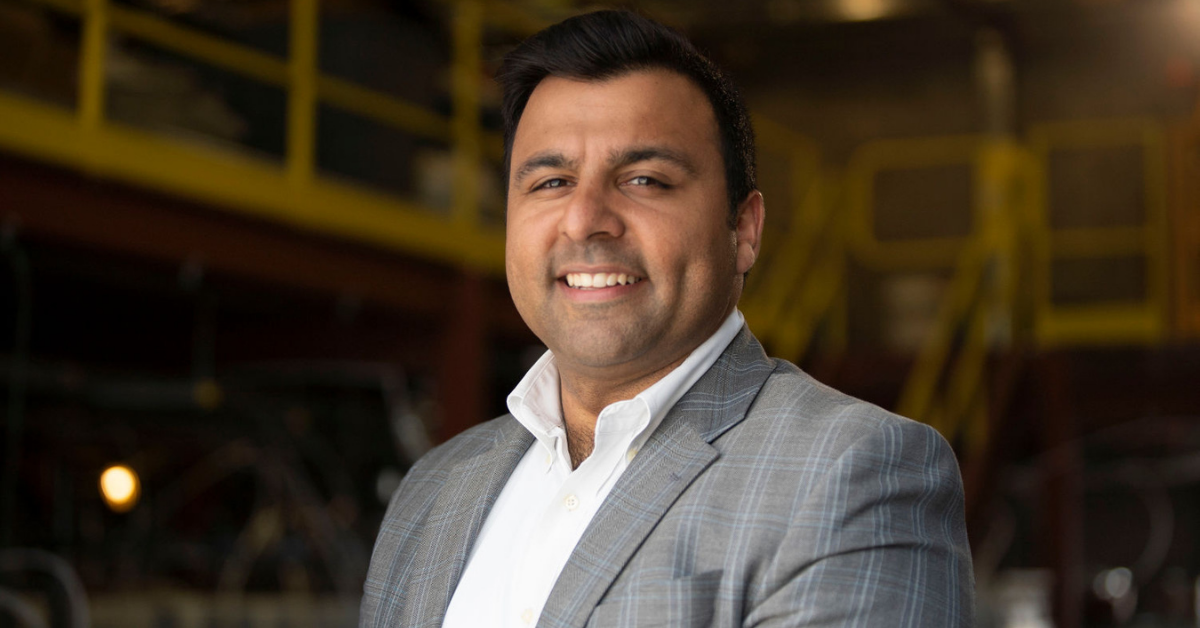



June 16, 2021



June 11, 2021
➤ Li-Cycle was founded in Canada in 2016 to recycle used lithium-ion batteries to reclaim valuable metals using a non-thermal process and is expanding operations.
➤ Demand for recycled lithium, cobalt and nickel could comprise 10% to 20% of battery metal demand by the end of 2030.
➤ North America is behind but catching up in the development of infrastructure to recycle lithium-ion batteries.
Ballooning demand for electric vehicles is driving a recent surge in lithium-ion battery manufacturing. The trend is prompting demand for battery recycling infrastructure to minimize waste and feed secondary materials back into the supply chain. S&P Global Market Intelligence spoke with Li-Cycle CEO and President Ajay Kochhar about the company’s approach to reintroducing recycled battery metals to the economy.
The following conversation was edited for clarity and space.
S&P Global Market Intelligence: What prompted you to launch a lithium-ion battery recycling company five years ago?
Ajay Kochhar: We launched the company after we noticed batteries being thrown into furnaces or kilns. A lot of valuable material was lost or burned off. For example, lithium is one of the valuable materials in batteries, but it goes to a solid waste stream. When we saw that, it was a moment when we thought: “Really? We’re helping this renewable industry scale up, and helping solve a massive problem in the world, but in the end, these batteries are going into a furnace to be burned off through nickel smelting?” It just made no sense to us. That was really the reason we founded the company. Five years later, we’re 115 people, commercial and scaling rapidly.
How have you approached the challenge of building a company that is sustainable?
Sustainability for us is not only environmental but also economic. When Tim Johnston and I started the company, this was the biggest thing for us. We wouldn’t have gone down this path if we didn’t feel certain that the plan on its own could make money and a good margin. Coupled with that, from an environmental perspective, we needed to make something non-thermal. The historical approach to batteries has been nickel smelting. For us, it’s just not the right way. It’s one of those cases where the dirtier method is not more economic. It’s actually more expensive. It’s a lose-lose and doesn’t make sense.
Can you tell me more about what makes your recycling process unique?
What we do is called a “spoke and hub model.” In simple terms, the “spokes” are the distributed network of how we first take in all types of lithium-ion batteries — the smallest to the biggest you can imagine. We’re converting them into products close to the source. We set the spokes up where batteries are; batteries are close to people, EV density and battery manufacturing. We recover three types of material out of this: plastics, copper and aluminum. Those go back into the economy. Historically, those would have been burned, and you would have only recovered a portion of the metals. What we’re really after is the cathode and anode material. That is known as “black mass.” It’s just a black powder, but it contains your lithium, nickel and cobalt on your cathodic side, and graphite from your anode, though it varies. That’s the first part of what we do.
The second part of what we do is called the “hub.” The hub is really a centralized operation. We build 12 spokes to every hub. That is where we are converting that black mass directly into battery-grade chemicals. Instead of it going again into a thermal process, or into a nickel smelter, we have a non-thermal process to transform all of the value materials — lithium, nickel, cobalt — into battery-grade materials, to go back into lithium-ion batteries again.
Today, we have two spokes — one is based in Ontario, Canada, one in Rochester, N.Y. We’re building a third in Arizona where we are really into commercial mode. But our plans are global. We have a plan for 20 spokes and four hubs in the next five years.
Do you think North America is behind when it comes to developing recycling infrastructure for lithium-ion batteries?
Not for long. Although it wasn’t the case maybe 12 months ago, North America has changed a lot. One example is that we’re working with Ultium Cells LLC, the joint venture with General Motors Co. and LG Chem Ltd. But when we started this company, Ultium didn’t even exist. Right now, that for us is a very big source of batteries. It’s battery manufacturing scrap. The company has big ambitions in North America. Even SK Innovation Co. Ltd., the company has its own plant in Georgia, and it’s working with Ford Motor Co. None of that was happening maybe 12 to 24 months ago. What that means is, we have a ton of things happening globally. … It’s continuously and rapidly evolving with growth, especially in 2021. Something has happened in 2021.
When do you think recycled battery material will start to impact the demand or supply of metals?
I think the question is how significant and by what timescale. I would say between 2021 through 2030, recycled material in batteries will be relatively nil to very little. But by the end of 2030, industrywide and globally, if we do this right, we could be 10% to 20% of the demand for each of those materials — lithium, nickel and cobalt. Then, I would say longer term, we’ll obviously have to continue to grow as the scale of the need grows. At the end of the day, none of our customers will want to lose that material and will want to keep integrating it back into the supply chain. There is the potential to be 50% to 70% or more of the demand for those materials. This does have the potential to become that very closed loop, like the lead-acid world, which is very mature.
